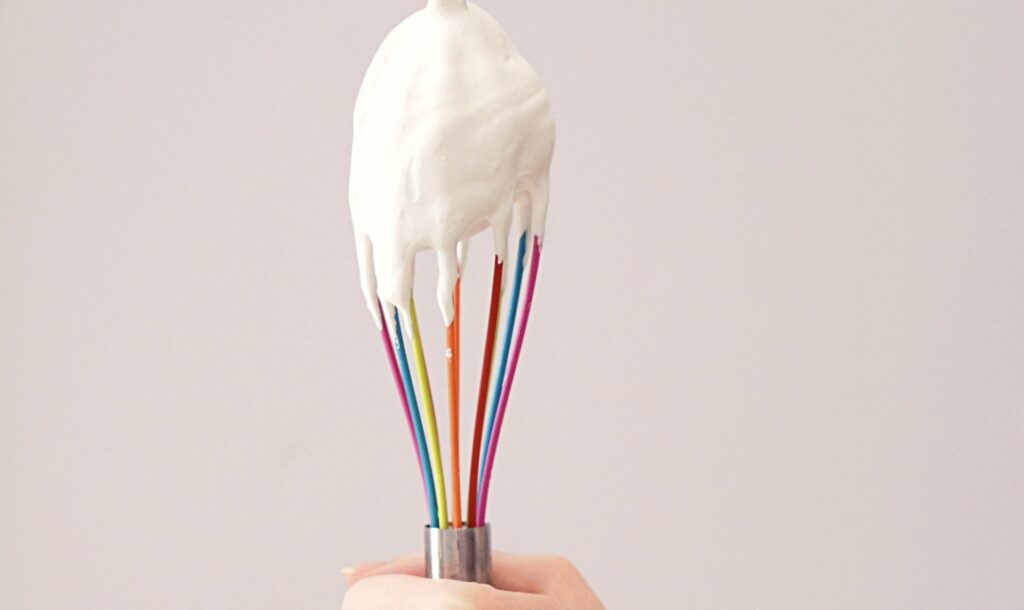
Have you ever found wisdom in unexpected places? For this post, it came in the form of Willy Wonka and the Chocolate Factory – a favorite from my childhood. Together with my best friend Jaimee, we practically memorized every line and melody.
Do you remember Veruca Salt?
🎶 Pink macaroons and a million balloons and performing baboons and – give it to me. NOW! 🎶
Veruca Salt embodies our primal inclination for instant gratification – a trait deeply ingrained in human nature. This impulse, honed over our evolutionary history, once ensured our survival.
Instant gratification, as a survival mechanism, played a crucial role in human evolution by ensuring immediate fulfillment of essential needs for survival. In the ancestral environment, resources such as food, water, and shelter were often scarce and unpredictable. Therefore, humans developed instincts to prioritize immediate rewards to satisfy these basic needs and increase their chances of survival.
While modern society provides abundant resources and opportunities, our instinctual drive for instant gratification remains deeply ingrained, influencing various aspects of our behavior and decision-making.
Our brains aren’t wired to prioritize long-term health; survival and instant satisfaction reign supreme. As Dan Harris eloquently put it, “We are not naturally inclined to do things like exercise or eat healthy or get enough sleep… because it’s not the mind that was bequeathed to us by millennia of evolution.”
Does this mean we’re destined for defeat? Should we abandon our pursuit of better health? Absolutely not. While we can’t change our brain’s wiring, we can alter our approach to behavioral change.
The primary reason we struggle to adopt lasting change is our penchant for giving up too soon. We crave immediate results, unwilling to endure the journey of transformation. But let’s pause and ponder: What’s the rush?
Let’s say you’re 40 years old and it takes you three years to build several healthier habits into your life. Would you do it? If you live until 85, that’s 42 years of healthier living!
Here’s the winning formula for hacking our inclination towards instant gratification:
1. Focus on one habit at a time – simplicity is key.
2. Persist until it becomes second nature, regardless of the timeline.
3. Embrace the journey – find joy in progress and resilience in setbacks.
Just as we cheer on toddlers learning to walk, let’s extend the same compassion to ourselves on our health journey.
💙 Robyn
Interested in a one-on-one health coaching relationship with me? It would be an honor to work with you if and when the time feels right.
To learn more about Personal Health Coaching click HERE.
To schedule a Discovery Session click HERE


